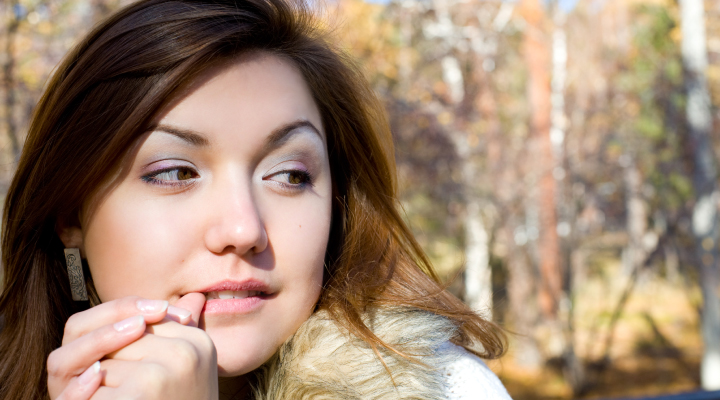
An estimated 50% of adults habitually bite their nails. Nail nibbling is one of many body-focused repetitive behaviors (BFRBs), which include cheek chewing and cuticle picking. Some people bite because of boredom—the act keeps the body occupied while the mind is bored. Others do it during times of stress or anxiety.
What’s so bad about biting?
Yeast and fungi, and pus, oh my! Ferocious and furry aren’t nearly as frightening as these scary side effects. When you pick at your nails, cuticles, cheeks or lips, germs sneak into the tiny tears, making the area prone to infection. Chewing the inside of your cheeks, for example, can cause canker sores, making tasks like talking and eating extremely painful.
Chronic biters are also more likely to develop bruxism, according to the National Academy of General Dentistry. Known as the unintentional grinding and clenching of teeth, bruxism can cause headaches, jaw pain and sensitive teeth. It can also result in a misaligned bite.
How to break the bad:
The first step to stopping is to take notice. The second your finger floats to your mouth, wake your brain up! Keep a journal to jot down what was happening when you began the behavior. How were you feeling? Tracking details over time will help you find themes. Finally, whenever you feel tempted to bite your nails, occupy your hands with another task. Try sitting on your fingers or drawing a doodle.
Before you bite, think of the damage it can do to your smile and overall wellbeing. Once you retire the ritual, reward yourself with a new lipstick or a fresh manicure.
